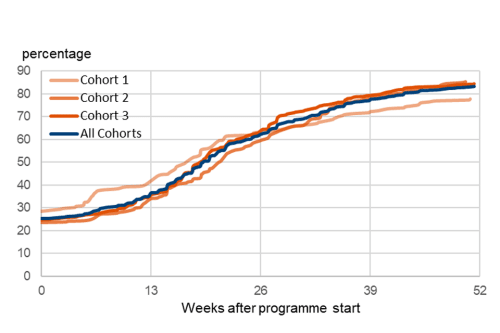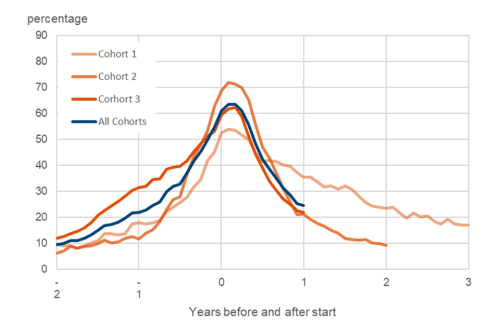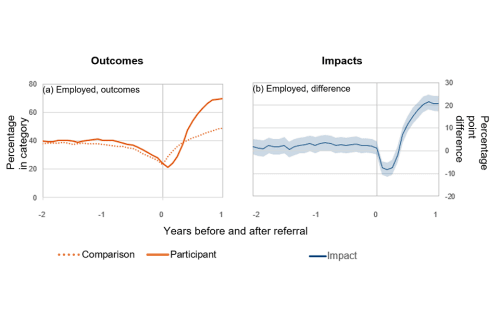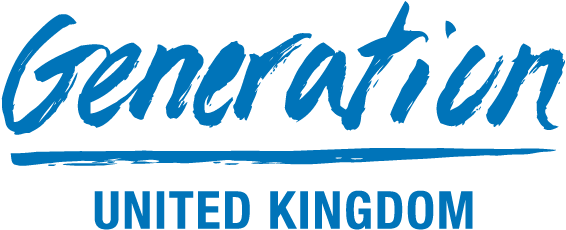From Data to Impact: DWP Datalabs analysis shows how Generation UK transforms employment outcomes

If you’re a charity, do you really understand the impact your services have? This is a question that we, as a charity, think very hard about – as all charities should. But it’s hard. Datasets are hard to gather, and imperfect even once gathered. But, with a fuller data picture, you can better understand your impact and are far better placed to improve your offering – this is perhaps the most important point of all.
In November 2024, the Department for Work and Pensions (DWP) Datalabs published an evaluation of Generation UK’s impact. The Datalabs team is a data and impact evaluation team within DWP. They offer a service that evaluates the impact of provisions, focusing on employment-oriented i.e. services designed to help people get into jobs. The data sets they use for this are pretty impressive: They can track participants’ participation (or otherwise) of claiming benefits, such as receiving universal credit; They can also track employment records using income tax records. These are powerful and robust data sets that provide full and independent evaluation.
To use the services, organisations share information about participants on their programmes, typically from 2-3 years ago. All data is, of course, handled sensitively and anonymised, in line with GDPR. In Generation’s case, DWP Datalabs tracked the path of around 1,000 people who enrolled on Generation programmes between 2019 & 2023.
And it gets even better – DWP Datalabs also provided a service to compare our results with a counterfactual. Specifically, a comparison set was created, made up of a similar socio-demographic profile. Those individuals’ subsequent rates of transition into jobs were then tracked.
Employment rates of Generation learners go from 26% at the start of the programme to 71% a year later. And what the chart doesn’t show is that the 26% to start are mostly part-time and low-paid roles, whereas the 71% are mostly full-time jobs above real living wage. And for completeness, over 80% of people had worked at some point over the subsequent year, with 71% still employed.


At the start of the programme, around 60% of learners were receiving government ‘looking for work’ benefits. A year later, that shrunk to just over 20%. We’re delighted that we can demonstrate to local and national government, using the government’s own data, that the Return on Investment of investing in our programmes is so compelling.
The counterfactual analysis shows that some people in the comparison group did get jobs, but there is a very clear and statistically robust difference for people who participated in Generation programmes. Our learners ended up with around 70% job outcomes, compared to the comparison set ending up with around 50%.

Additionally, our internal data suggests that, as well as a higher job outcomes rate, the quality and salary of jobs secured following Generation programmes are significantly better.
We are absolutely delighted to get such an endorsement, using entirely independent data that. The data set is also more complete than we can get from conducting our own surveys, as these can have a completion rate of less than 50%, so the use of government data sets means every learner’s job status is accurately represented.
Read the full report